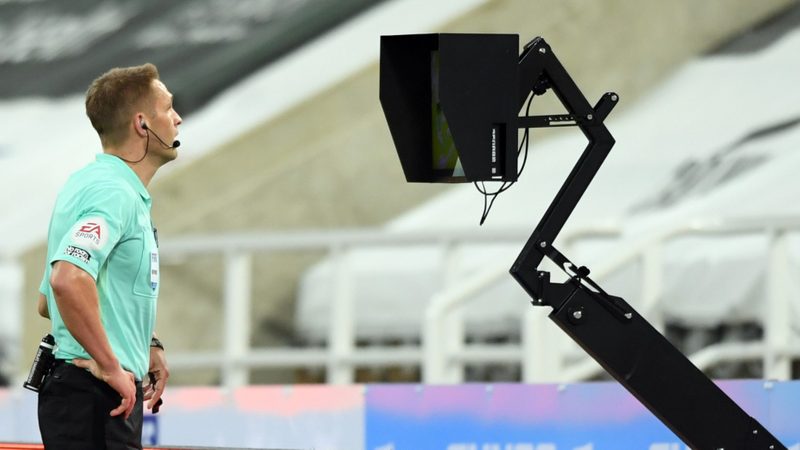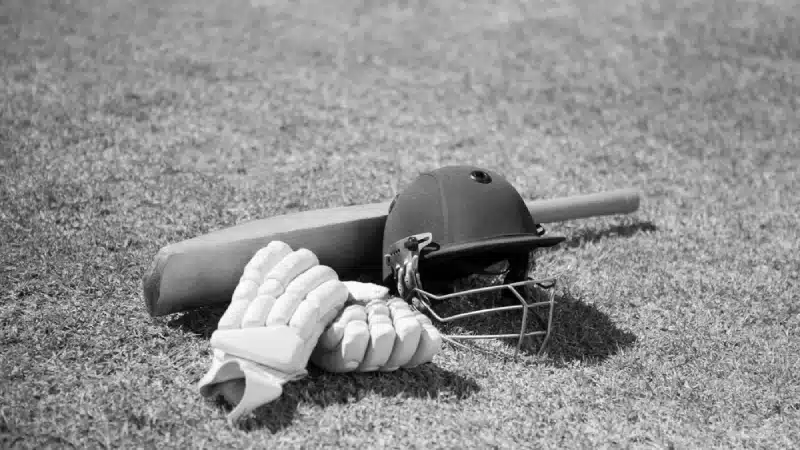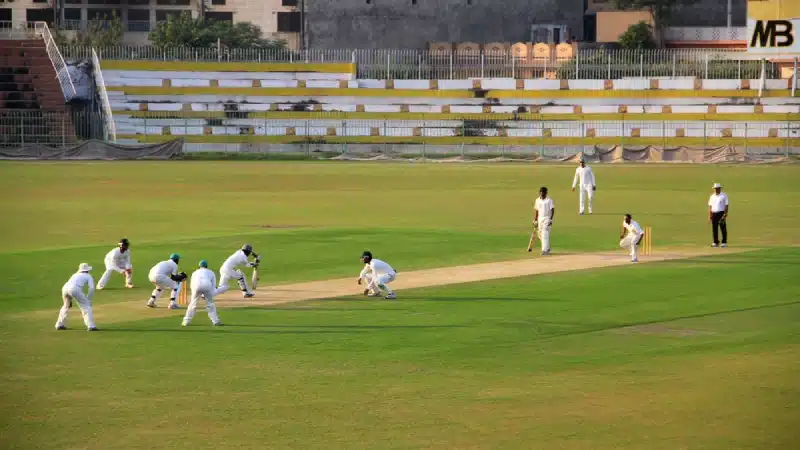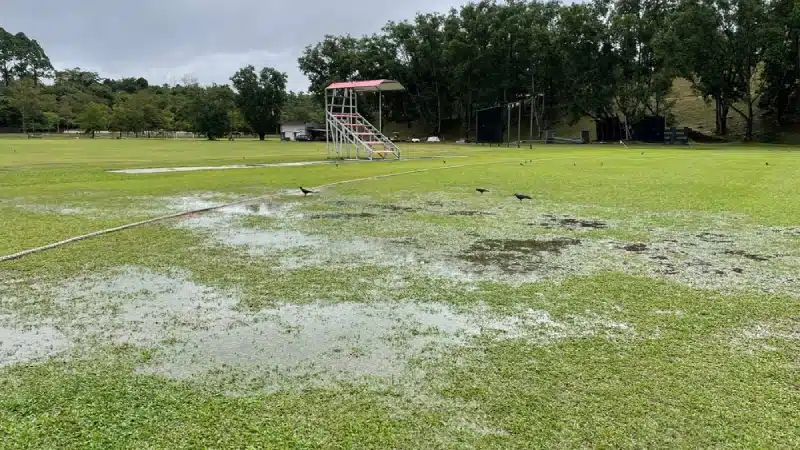
A feisty Merseyside Derby between Everton and Liverpool finished 2-2, as the Toffees struck late through Dominic Calvert-Lewin to salvage a point and continue their unbeaten run this season.
While the match itself was a hotly-contested affair, as is the case with almost every match between these two eternal rivals, it was the officiating and especially the Video Assistant Referee, commonly referred to by its acronym, VAR, that was at the centre of the storm post-game.
Liverpool thought they had won the game via a goal from their captain Jordan Henderson, but a VAR check ruled the goal offside which at first glance did not seem to be the case and was only further confirmed by the images that rolled out after the decision was made.
Mané clearly onside. Line shows he’s onside. Ruled offside. Beyond a joke now. pic.twitter.com/MrRh5KOuIk
— Leanne Prescott (@_lfcleanne) October 17, 2020
It was hard to decipher how Liverpool winger Sadio Mane was deemed to be in an offside position when the image clearly suggests that no goalscoring part of his body was behind Everton's last defender and this incident further heightened the scrutiny around VAR. The technology has often been criticized for ruling out goals when the goalscorer or a player involved in the build-up is offside by a nanometre or two, which seems to be the case in this regard.
While it’s highly infuriating, it isn’t the technology's fault for ruling out goals over such marginal offside calls. The rules suggest that if a player takes part in a goalscoring move and has any part of his body, that can be used to score a goal, is in front of the opposition's last defender, the goal will be disallowed.
The issue is that no league or association has established a margin of error and hence if a player is offside by a nanometre, the goal shall be disallowed. It isn’t the technology's fault that the rules do not allow for any wiggle room, so far, when it comes to offside calls like the one made against Liverpool.
The other big controversy involved another offside call. Liverpool centre-back Virgil Van Dijk peeled away to the back post and a panicked goalkeeper, Jordan Pickford, lunged towards the big Dutchman, who cut the ball back into a dangerous position and took the full brunt of the keeper's weight on his knees.
Crusader injury, Virgil Van Dijk's season is already over, according to @alexfrosio @Gazzetta_it. #Pickford, who broke it, didn't even get a yellow card. #Liverpool #VanDijk pic.twitter.com/h1zBFdccCM
— Angelo Mangiante (@angelomangiante) October 17, 2020
Van Dijk was clearly fouled, but he was in an offside position when the ball was played in, rendering the play dead, however, Pickford's lunge was extremely reckless and has reportedly damaged the Liverpool centreback's ACL. The goalkeeper should have been sent off for his challenge on Van Dijk, however, the referee couldn’t see play amongst all the bodies in the Everton box and asked the Toffees to carry on with a freekick due to the offside.
This irked fans and pundits alike, who yet again questioned the point of having the technology when the officials missed what was a clear sending off.
But yet again, the ire is misguided. It is the duty of the referee in the replay centre to inform the on-field referee of any incidents of fouls, handballs or violent conduct that he may have missed during the game and ask him to go have a look on the monitor at pitch-side and then make a decision.
The missed foul on the offside was an oversight by the referee in the replay centre who had access to the technology but failed to assist the on-field referee with it.
Make no mistake, VAR is the most important technological advancement in football alongside goal-line technology. However, unlike the latter, the success of VAR is completely reliant on the official using it to be alert and competent enough to inform the on-field referee to have a second look at any call that they may have missed.
The technology is perfect, however, it’s the implementation that is seriously lacking. The resistance towards VAR is heavily misguided when it isn’t the technology, but rather the people implementing it who are making glaring errors on a fairly regular basis, at least in the Premier League.
Feature image courtesy: AFP / Stu Forster




















